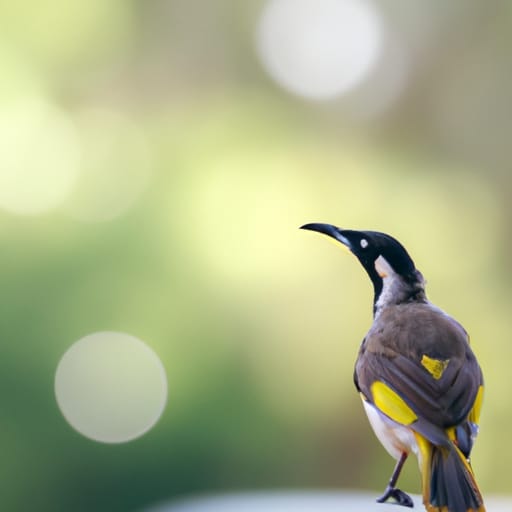Happy New Year, and welcome back to what I hope will be a regular weekly post/newsletter.
I mentioned in my introductory post that I am a lapsed poet. I released my one and only collection of poetry back in 2017 - a generally well recieved mix of long form poetry, haiku, and haibun that can be found in most good book stores and some not so good - Magpie Tales1. Since then, Teaching has destroyed my creative output but fattened my bank balance.
So January 1st marks day one of my Year of Haiku. I have had success with structured projects before and I am fairly confident that I can squeeze in a Haiku a day until this time next year.
I can’t promise they will all be stunners, but they will be regular.
Phrase and Fragment Haiku
For the month of January I will be concentrating on the phrase and fragment method of construction2.
Phrase3 and fragment haiku can be presented as:
phrase
+
fragment
or
fragment
+
phrase
The phrases tend to be mostly noun phrases, although I have read and used prepositional phrases before and verb phrases are not unheard of either. The fragments tend to be either sentence fragments or complete sentences, just missing punctuation and capitalisations.
Awating snow,
poets in their cups
see lighning flash.
Basho
trans. Lucien Stryk. 1985
You’ll see above the verb phrase “awaiting snow” paired with “poet’s in their cups, see lightning flash” an almost sentence in the fragment.
where is the shadow
of the sorowless ashoka tree?
Buddha’s Birthday
Sugita, Hisajo
trans. Alice Wanderer 2021
You’ll notice the above flips the order, contains a question in the fragment (It’s an interrogative sentence minus the capital) which is followed by a noun phrase.
The phrase and fragment theory or method also tends to build in a Kireji (切れ字, lit. "cutting word") in the form of a pause. Kireji are a significant part of writing Haiku in Japanese. In the west this pause has been marked by dashes - or , or ; in the past dependent on literary fashion or the preference of the poet. I mostly let the structure of the phrase do the work.
So that’s the sturctural pattern.
No 5-7-5?
Keen observers will note that the two poems referenced above contain 13 and 18 syllables respectively. The 5-7-5 rule relates to on or morae (sound units in Japanese). Very good haiku have been written in English in the 5-7-5 format and absolute crimes against art have also been perpetrated by good intentioned folk writing 17 syllable sentences broken over three lines.
English syllables carry more information than morae and so strict adherance to this pattern, devloped for an entirely different language with different structure, will often produce Haiku with too much information, that are too padded out. There are other considerations/ guides around creating Haiku that should bear greater weight. Sufficed to say I will generally construct Haiku in the 12-15 syallable range, split over three lines. In my experience that’s generally the sweet spot. If you want to get into a deeper discussion on 5-7-5 Haiku, check out this page.
Kigo or Season Word
It has been argued that if a Haiku doesn’t contain a season word or Kigo then its not a Haiku (it’s a Haiku adjacent form like Senryu). In Japanese, there are collections of season words called Saijiki. Some schools or groups of poets under a mentor have set Saijiki that they can use. Kigo seem to be less well used in the west, partiailly I think because we tend to value individualism more and because the form has spread far beyond the geography of Japan. New Year’s Day might be a Kigo that evokes something about winter in the Northern hemisphere but something totally different in Australia. Nevertheless, an attempt has been made to create a World Kigo Database here.
In Australia, we have vast geographical variability and a sparse Haiku poet population so we will struggle, I think to develop a prescriptive list.
My approach will be to indicate the season either explicitly i.e. reference to the season or to imply it. I’ll try and note when I have done this.
So that’s the plan.
Phrase and Fragment
12-15 syllables
Kigo
There will ofcourse be other features (Juxtaposition, misdirection) that will come into play, but I tend to try and “find” my haiku rather than force them. I’ll mention these other features when they occur.
So the posts here in this newsletter will be summaries and discussions of the Haiku written over the week. Interspersed with reviews if I have time(it has taken me three days to write this post due to heat and illness).
You can follow the daily Haiku postings at my website Magpie Song, or wait for the summary here. You may also follow me on Mastodon @sbwright@mas.to
Amazon / Booktopia / Book Depository links.
The first time I came across the identification of this method was in the commentary of Jane Recichhold, a translator, writer and teacher of Haiku.
In Jane Reichhold’s essay, Phrase and Fragment Theory, she makes the arbitrary dicision to call the shorter of the lines the fragment and the longer, the phrase. This can be confusing when we talk about English Grammar. A phrase is a a small group of words that create a unit of meaning, while a fragment or sentence fragment is longer collection of words that is almost a sentence, bar some missing details, like a subject, a verb or failing to express a completete thought. To complicate matters the noun phrase the brown dog could also technically be a sentence fragment missing a verb ie The brown dog what?.




